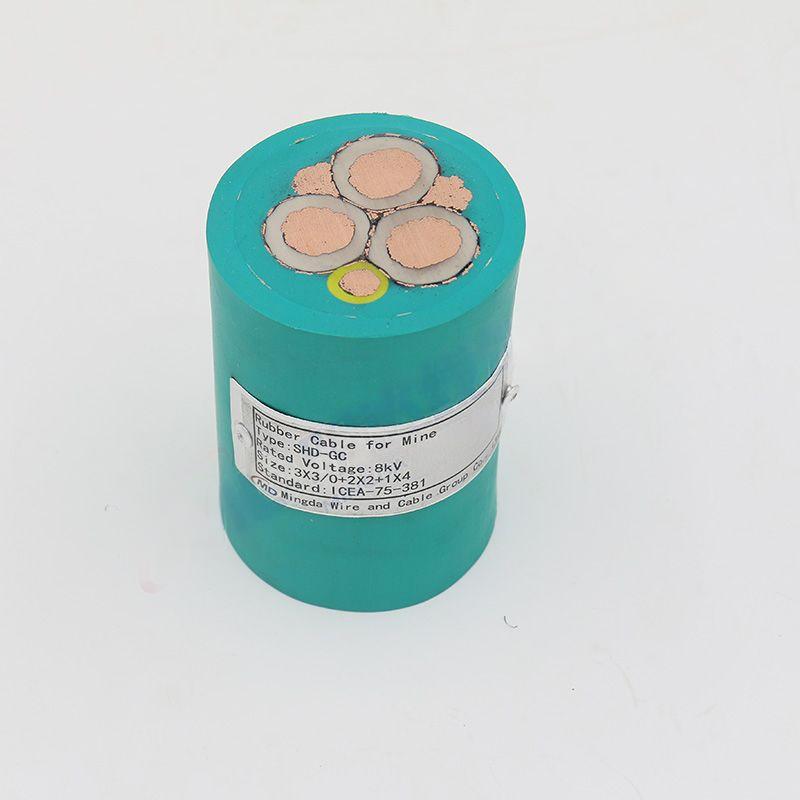Dec . 04, 2024 10:26 Back to list
Exploring the Functionality and Importance of Flap Check Valves in Fluid Systems
Understanding Flap Check Valves Mechanism, Benefits, and Applications
Flap check valves are essential components in various fluid systems, designed to allow the flow of liquids or gases in one direction while preventing backflow. These valves play a crucial role in maintaining system efficiency and protecting equipment from potential damage caused by reverse flow. In this article, we will explore the mechanism, benefits, and applications of flap check valves, shedding light on why they are vital in many industries.
Mechanism of Flap Check Valves
Flap check valves consist of a valve body, a hinged flapper, and a seat. The design is relatively straightforward yet effective. When fluid flows in the desired direction, the pressure pushes the flapper open, allowing the fluid to pass through. However, if the flow rate decreases or reverses, the flapper is forced to close against the valve seat due to gravity or backpressure, thereby sealing the opening and preventing backflow.
This mechanism is particularly advantageous in applications where backflow could lead to contamination, equipment failure, or water hammer—a pressure surge caused when the flow of liquid is suddenly forced to stop or change direction. The flap design can vary; it might be a single flap or a dual-flap configuration, depending on the specific requirements and flow characteristics of the system.
Benefits of Flap Check Valves
1. Prevention of Backflow The primary function of flap check valves is to prevent backflow, which can lead to significant operational and safety issues. By ensuring that fluids only move in one direction, these valves help maintain the integrity of systems.
2. Reduced Risk of Water Hammer The quick reaction of the flapper to changes in flow helps mitigate the risks associated with water hammer. This protection not only prolongs the life of piping systems but also minimizes maintenance costs.
3. Low Maintenance Requirements Flap check valves are designed to be robust and durable, often requiring minimal maintenance over their lifespan. Their simple mechanism ensures fewer moving parts and less wear, making them a cost-effective solution for fluid control.
4. Versatility These valves can be used in various applications across multiple industries, including water treatment, oil and gas, chemical processing, and HVAC systems. Their adaptability makes them an ideal choice for a wide range of fluid management tasks.
flap check valve

5. Cost-Effectiveness Compared to other types of check valves, flap check valves are generally more economical. Their straightforward design and function allow for lower manufacturing costs, making them a favorable option for both new installations and retrofits.
Applications of Flap Check Valves
Flap check valves find usage in numerous applications, showcasing their versatility and reliability
- Water and Wastewater Treatment In facilities handling large volumes of water, flap check valves prevent backflow, ensuring the safety and cleanliness of the water supply. - Pumping Stations These valves are critical in pumping systems, where they protect pumps from the adverse effects of backflow and contribute to efficient operation.
- Industrial Fluid Systems Many manufacturing processes require the precise control of fluid flow. Flap check valves help maintain consistent flow and prevent reverse flow that could disrupt production.
- Marine Applications In ships and submarines, flap check valves are employed in ballasting and bilge systems to manage water flow effectively and prevent flooding.
- HVAC Systems In heating and cooling systems, these valves help regulate airflow, ensuring that systems operate efficiently without losing conditioned air back into the environment.
Conclusion
Flap check valves are vital components in fluid systems, offering significant advantages in preventing backflow, reducing maintenance, and ensuring operational efficiency. Their simple yet effective design makes them a reliable choice for a wide range of applications across various industries. As technology continues to evolve, flap check valves will undoubtedly remain a cornerstone in fluid management solutions, ensuring safe and efficient operations for years to come.
Share
-
Reliable Wafer Type Butterfly Valves for Every IndustryNewsJul.25,2025
-
Reliable Flow Control Begins with the Right Ball Check ValveNewsJul.25,2025
-
Precision Flow Control Starts with Quality ValvesNewsJul.25,2025
-
Industrial Flow Control ReliabilityNewsJul.25,2025
-
Engineered for Efficiency Gate Valves That Power Industrial PerformanceNewsJul.25,2025
-
Empowering Infrastructure Through Quality ManufacturingNewsJul.25,2025